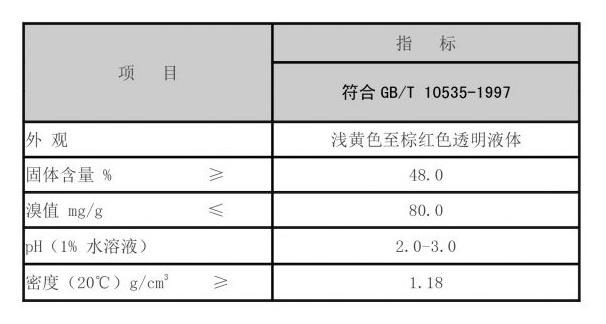Coagulants and Flocculants in Water Treatment Processes and Their Importance
Coagulants and Flocculants in Water Treatment Essential Tools for Purification
Water treatment is an essential process that aims to improve the quality of water by removing contaminants and impurities, making it safe for consumption and use. Among the various methods employed in water treatment, the use of coagulants and flocculants plays a pivotal role in the purification process. Understanding their functions and applications is crucial for ensuring effective water treatment.
What Are Coagulants?
Coagulants are chemical agents that facilitate the aggregation of suspended particles in water. When introduced into water, they neutralize the charges that keep these particles apart, allowing them to clump together, or coagulate. This process significantly enhances the removal of impurities, including silt, organic matter, and microorganisms. Common coagulants used in water treatment include aluminum sulfate (alum), ferric chloride, and polyaluminum chloride.
The mechanism of coagulation begins when the coagulant is dissolved in the water and distributed evenly. The positively charged ions from the coagulant interact with the negatively charged suspended particles. This neutralization leads to the formation of microflocs, which are small aggregates of particles that can then attract additional particles and grow in size.
The Role of Flocculants
Flocculants are substances that aid in the agglomeration of these microflocs into larger flocs, which are easier to remove from the water. While coagulants initiate the process, flocculants enhance the overall efficiency of solid-liquid separation. They are typically high molecular weight polymers that work by bridging the gaps between particles, promoting further aggregation and settling.
Flocculants can be categorized into natural and synthetic types. Natural flocculants include substances like starch and guar gum, while synthetic options often consist of polyacrylamides. The choice of flocculant depends on factors such as the nature of the water, the contaminants present, and the specific treatment requirements.
The Treatment Process
The water treatment process employing coagulants and flocculants generally involves several key steps
coagulants and flocculants in water treatment

1. Pre-treatment This can include screening and initial sedimentation to remove large debris before chemical addition. 2. Coagulation The coagulant is added to the water, and rapid mixing helps disperse it evenly. The mixing ensures that the particles are thoroughly exposed to the coagulant, maximizing interaction.
3. Flocculation After coagulation, the water is subjected to slow mixing, allowing the microflocs to collide and form larger flocs. This process often occurs in flocculation tanks designed to optimize the conditions for aggregation.
4. Sedimentation The water then moves to a settling basin where the larger flocs settle to the bottom. The clarified water is collected from the top for further treatment or distribution.
5. Filtration and Disinfection Once settled, the water may undergo filtration to remove any remaining particles followed by disinfection to eliminate pathogens.
Importance of Coagulants and Flocculants
The use of coagulants and flocculants is critical in multiple water treatment contexts, including municipal drinking water systems, wastewater treatment plants, and industrial processes. They contribute to significant reductions in turbidity, color, and concentrations of total suspended solids (TSS), enabling compliance with environmental regulations and health standards.
Additionally, the efficient removal of contaminants helps improve the taste, odor, and overall quality of water, making it more palatable for consumers.
Conclusion
Coagulants and flocculants are integral components of modern water treatment strategies. By facilitating the removal of suspended particles and impurities, they ensure that water is safe for human consumption and environmental protection. As technology advances, ongoing research into more effective and sustainable coagulants and flocculants will continue to enhance the efficiency and effectiveness of water treatment processes worldwide. Their role is not only vital for public health but also for sustaining our most precious resource—clean water.
-
Water Treatment with Flocculant Water TreatmentNewsJun.12,2025
-
Polymaleic AnhydrideNewsJun.12,2025
-
Polyaspartic AcidNewsJun.12,2025
-
Enhance Industrial Processes with IsothiazolinonesNewsJun.12,2025
-
Enhance Industrial Processes with PBTCA SolutionsNewsJun.12,2025
-
Dodecyldimethylbenzylammonium Chloride SolutionsNewsJun.12,2025





